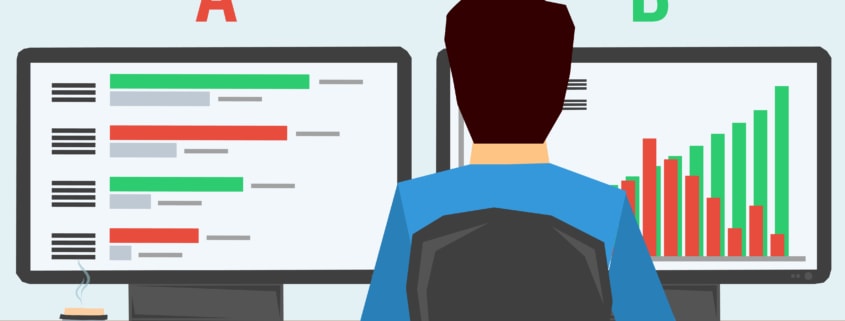Is It Time To Update Your Brand’s Logo?
Is It Time To Update Your Brand’s Logo?
When is it a good time to update your logo? That is the question that many wrestle with in companies but there isn’t a hard and fast answer. There are a few things that can cause you to update it. These things include age, complexity, company changes, or you want to stay current with recent trends. We’ll take a look at each instance, and help you answer the above question.
The Logo Is As Old As The Company
Many people in the company, particularly those who were there from the beginning, may feel attached to the original logo. It is hard to let go of something that represents the founding of the company. However, consumers today are highly perceptive of old logo designs, which is why it’s always important to keep your up to date. More than likely you are using it with your marketing materials, so you want to make sure that a consumer’s first impression of your brand is a contemporary design.
Busy Designs Don’t Translate
One thing that you should keep in mind is simplicity over complexity. In this day and age, your logo must be able to translate online. If it is too complex and doesn’t look good on your website, that is a clear indicator that a redesign needs to happen. One of the biggest things you should think about first before redesigning is how you will use your logo. Are you going to be putting it on merchandise? Or on other sorts of promotional products? If that is the case, you will want to make sure the design can translate into different mediums, otherwise, you are going to end up with too many different designs.
Rebranding as the Company Evolves
Another great time to consider rebranding the company with your logo is if there are changes taking place with the company. These could be internal changes, moving the company a new direction, and as such, will need a new look. Perhaps your company merged with another well-known brand, and you want to take advantage of that branding opportunity. In any case, both would be great examples of why a company would want to change their logo.
Consumers Are Trend Sensitive
Consumers are very aware of what is current and what is not. The current trend for logos has been minimalist and geometric in their design. As such, something that doesn’t fit into this trend could come off aged in the eyes of consumers. However, of all of the reasons to change your logo, this one would probably be at the bottom of the list. You don’t want to have an old logo, but you also don’t want to create something that doesn’t fit with your brand just for the sake of keeping up with trends. You should only do it for this reason if it makes sense with your brand image.
Getting The Right Design
Don’t make the same mistake when you first designed your logo by hiring an amateur. Find a professional that can understand what you are looking for and deliver. This means you need to define why you want to change your logo, what you want it to convey, and what your budget is for designing this change. With these three things, you can ensure that you don’t waste any time, and get your new logo out into the world.







